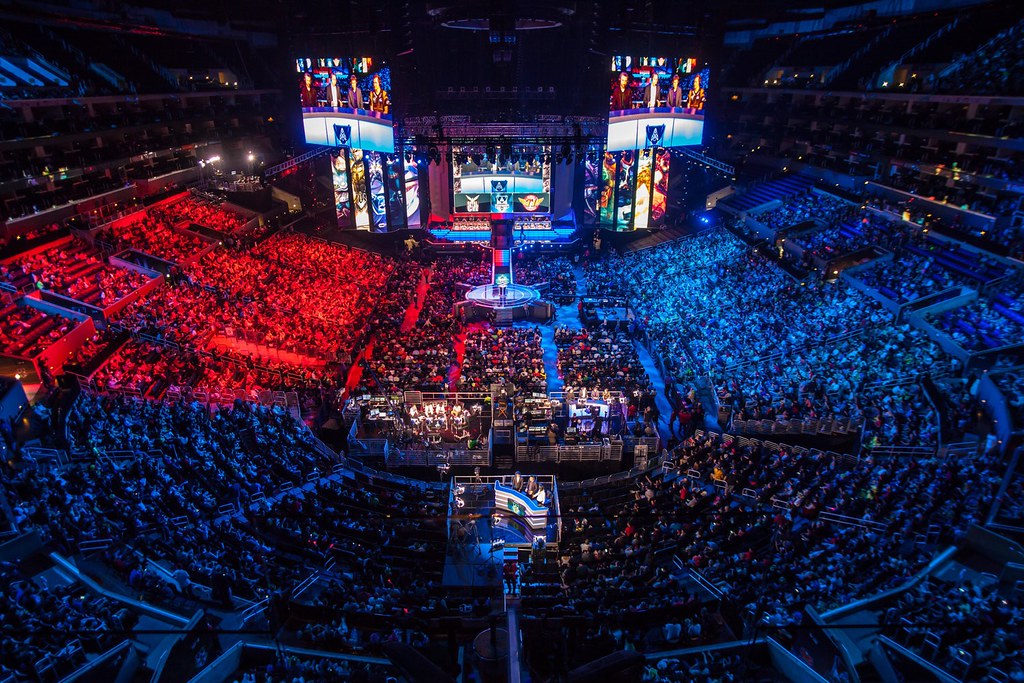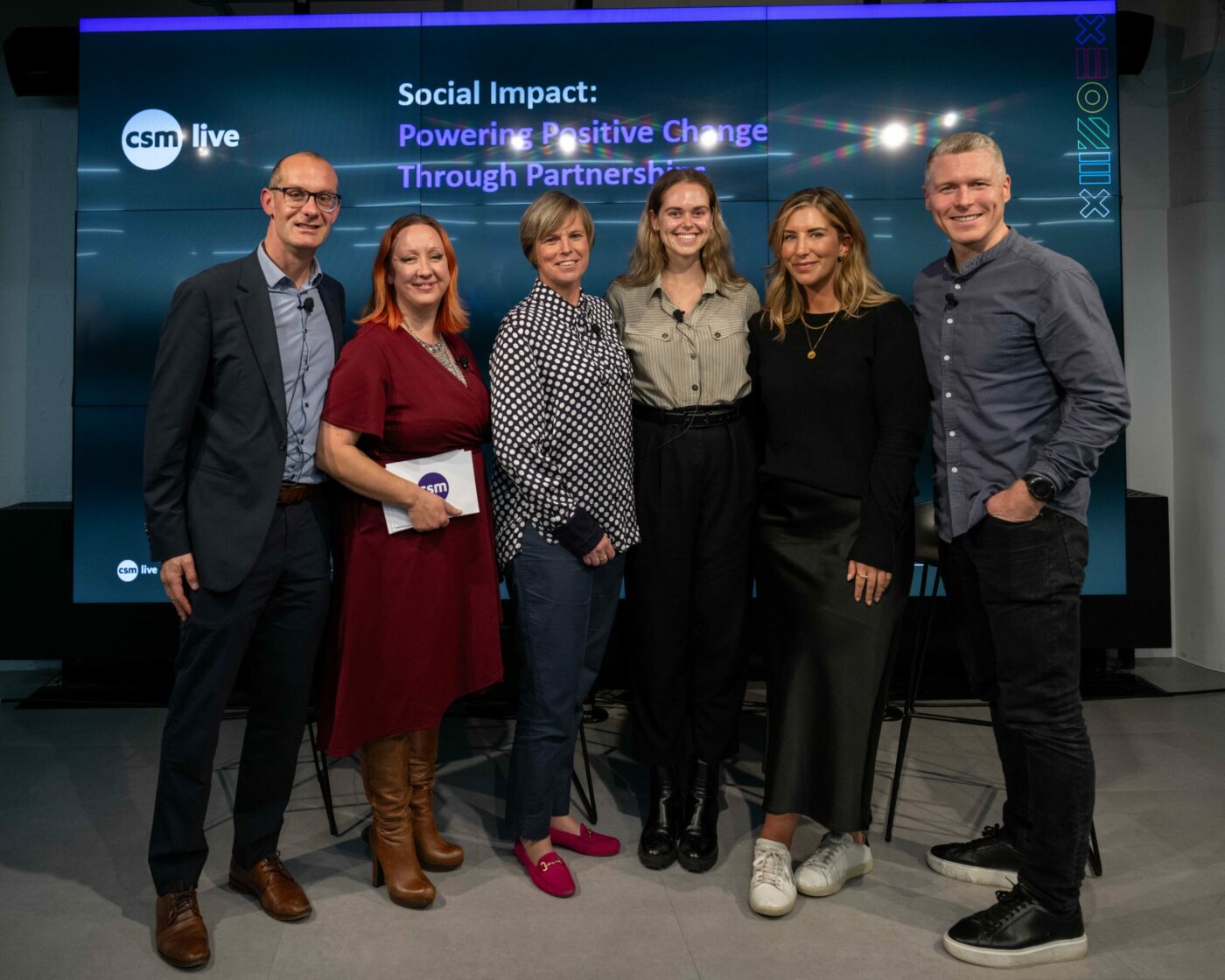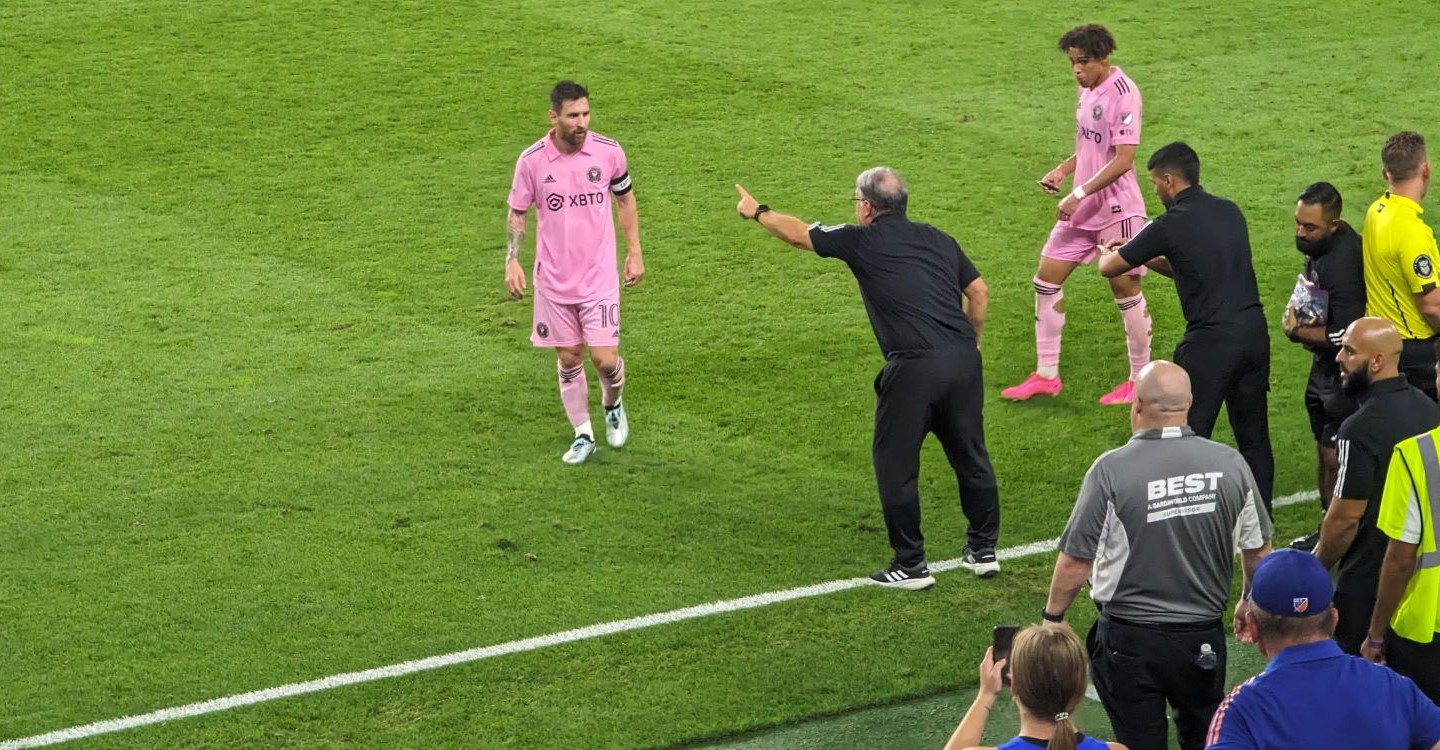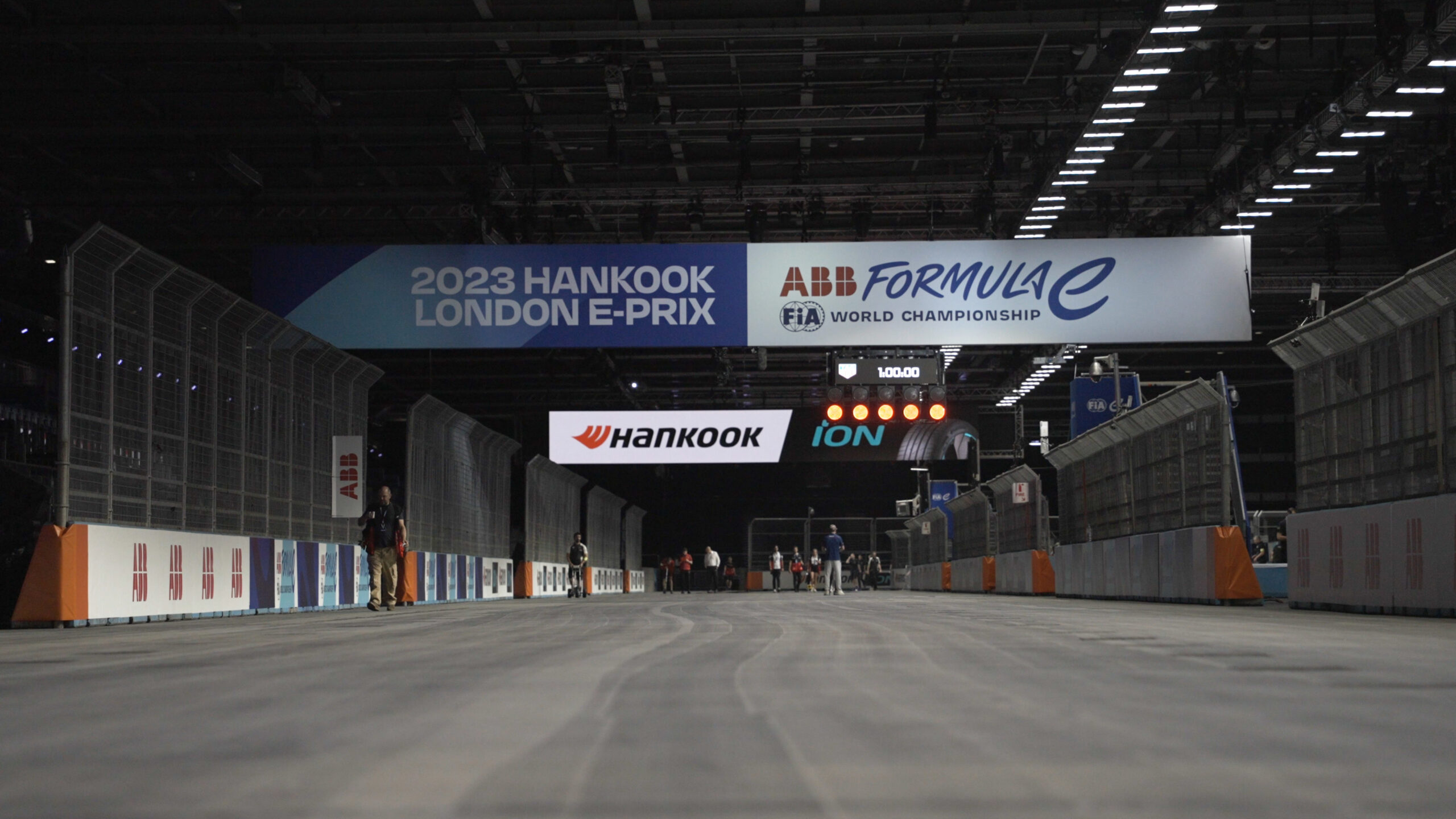An opinion piece by Stacey Knight, Commercial and Marketing Director at CSM Live.

Stacey Knight, Commercial and Marketing Director at CSM Live
A dream sport? A mecca for a new unheard generation? A calling card for the digitally and socially connected?….Alas, not quite yet.
Esports has the potential to be the most inclusive sport in existence…a utopian game where age, race, gender, physical prowess, religion, sexuality and all the other factors that can hamper conventional sports are inconsequential. A sport that prides itself on meritocracy, holding to the virtue that pure talent will win out and nothing else matters, where the stakes are high but so are the rewards, where everyone is given an equal chance to compete, whether professional or not.
Virtual sport hit the headlines recently in the shape of the Fortnite (Battle Royale) World Cup, where sixteen-year-old winner Kyle ‘Bugha’ Giersdorf walked away with a cool $3m (more than Novak Djokovic or Simona Halep earnt as the prize for winning Wimbledon!). This is phenomenal in itself, but what I found even more staggering was the fact that none – not one – of the top 100 finalists were women! Follow this up with the FIFA 2019 eWorld Cup at the O2, where 32 players from 15 countries competed for the first prize of £200k and you see a trend emerge – all finalists were men.
Many will argue that ‘gaming’ is predominantly a male sport, and the aforementioned tournament finals certainly back this up. However, statistics show that more than 50% of gamers globally are in fact women, and this is reflected in the growing streaming audience – 35% of Twitch streamers, for example, are women.
So if women are increasingly playing and watching esports, how can we explain the Fortnite tournament? Was this a clear cut case of sexism in play? In a word, no. The heats were in fact open to anyone and everyone, with a record 40 million competitors in play for a finalist place. This was a competition that was as fair and inclusive as could be, yet why did no women make the Fortnite finals? Are there no female pro players?
The fact is there are, but alas, there are too few. At the beginning of this month, OnBuy.com released a report detailing the top 500 earners in esports – only one woman made the list. That was Starcraft II player Sasha ‘Scarlett’ Hostyn, who ranked #329. The list makes the discrepancy in earnings between male and female pro esports players startlingly clear – OnBuy calculated that the sum of the top 400 female esports players’ total earnings amounts to less than half of the highest-earning male’s, Dota 2’s Johan Sundstein. For all the thousands of pro gamer men, there are just a handful of women – the question we must ask is why? The answer is a little trickier…
One of the successes of esports is also, arguably, its biggest hindrance – online anonymity, a cornerstone that allows players to take part without sharing personal information if they so wish. In theory, this anonymity should free competitors from discrimination. In reality, while this veil of secrecy protects and allows gamers to express themselves without fear of retribution, it also creates an environment like many others across the web, where cyberbullying and trolling are commonplace among communities, with vitriol accepted as a matter of course and often encouraged. Many gamers see this shield of anonymity as a safe way to attack others, making nothing out of bounds, which is, sadly, what Ricki Oritz found out while transitioning from male to female.
As a result, attracting new players can be incredibly hard, never more so than in the pro circuit where hours of practice and regular participation with communities is essential. So what hope for women in esports?
Roads are slowly being paved… Bumble, the online platform with over 65 million members, has made a bold move forward, collaborating with esports organisation Gen.G to form an all-female Fortnite team, comprised of key players, such as Tina “Tinaraes” Parez and Madison “maddiesuun” Mann.
There has also been the introduction of a 12-episode content series entitled Women in Esports – an empowering, enlightening and enjoyable series celebrating female talent across the world of virtual gaming.
As well as this, developers such as Blizzard and Ubisoft have introduced in-game tactics to reduce abuse in games and instead reward positive team behaviours.
Becoming increasingly inclusive has significant financial benefits. Take the global rise in the popularity of female sports, with the 2019 Women’s World Cup that saw over 200 broadcasters stream to what FIFA estimated to be over a billion viewers for the first time. With esports on the quest for successful and significant monetisation, gender inclusiveness is important to esports’ wider ‘branding’ as a sports marketing destination, becoming an attractive and lucrative platform for brands to engage audiences globally.
Add to this the increasing number of women in the business of esports: Jade Raymond who leads Google’s new gaming platform Stadia; Rachel Feinberg and Breanne Harrison-Pollock – co-founders of esports apparel company Ateyo; Kalie Moore and Nicola Piggott – co-founders of The Story Mob (the world’s first esports-focused communications group), and it appears that, although slowly, steps are being made in the right direction. However, these small steps towards an equal playing field need to expand, come faster and more consistently. Esports will not be fading into the background anytime soon and change needs to come!









